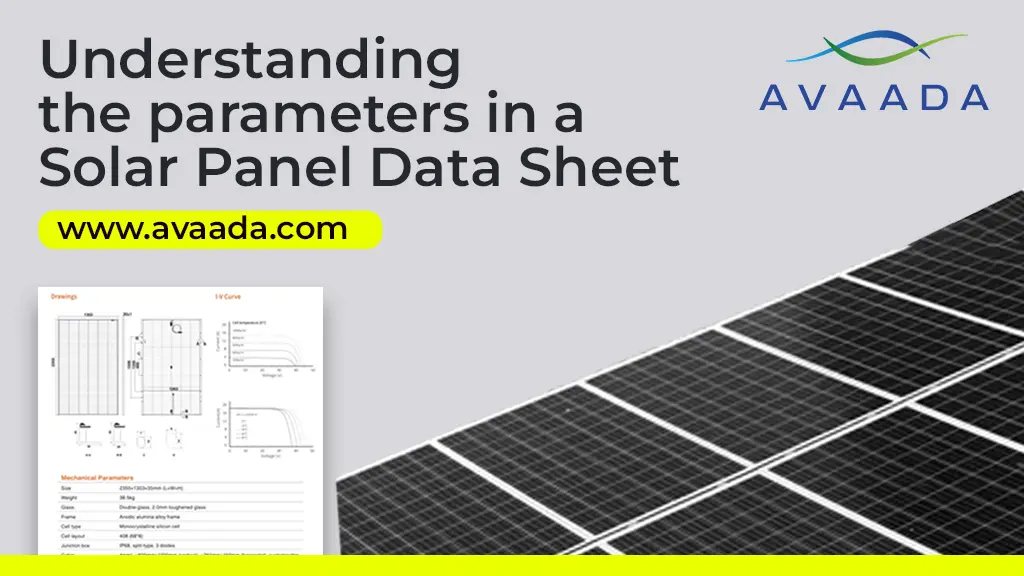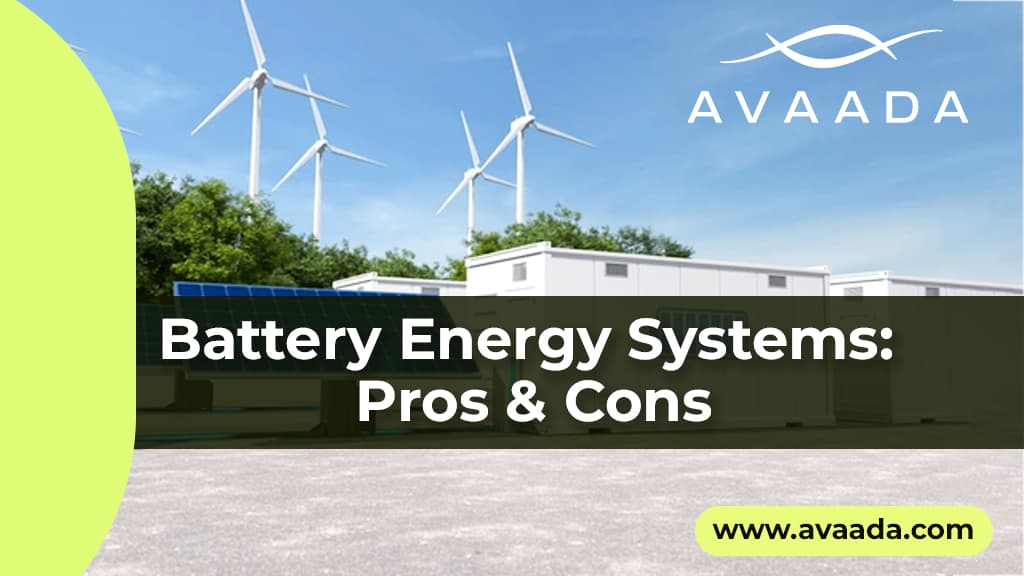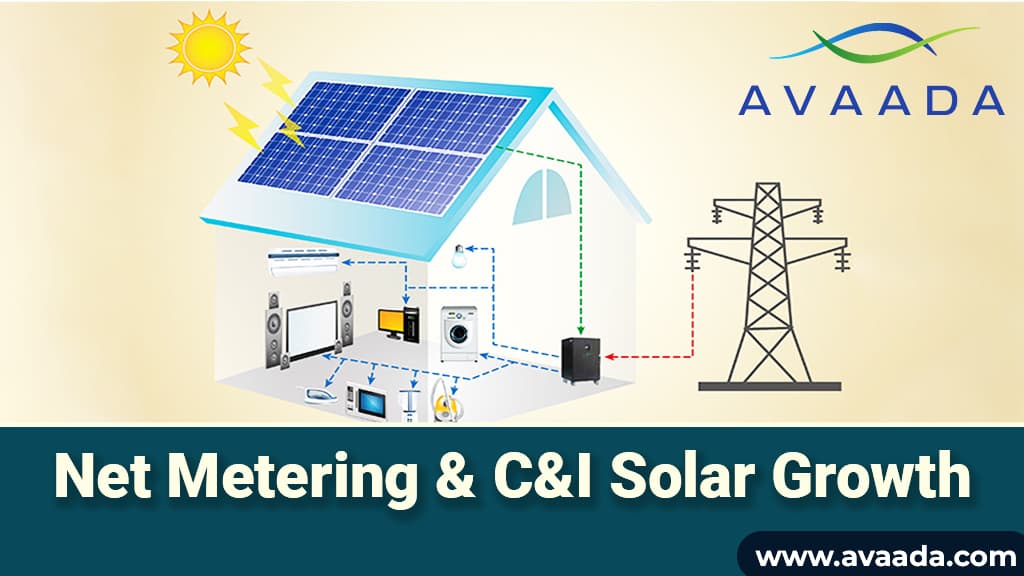When selecting a solar panel, understanding the datasheet is vital to selecting the right product for your energy needs. A solar panel data sheet provides technical specifications that explain the performance, efficiency, and durability of the panel under varied conditions. For those with little knowledge of solar technology, these parameters may seem a bit overwhelming, but they can be broken down to facilitate informed decision-making.
In this blog, we’ll explore the key parameters in a solar panel data sheet and their significance in determining the panel’s performance.
1. Power Output (Wattage)
The power output, typically measured in watts (W), indicates the maximum electricity the solar panel can produce under standard test conditions (STC).
- Standard Test Conditions (STC): Simulated conditions with 1,000 watts/m² solar irradiance, 25°C temperature, and an air mass of 1.5.
- Common Range: Residential panels usually fall in the range of 300W to 585W.
High-wattage panels are ideal for areas with a smaller roof space as they will produce more energy.
2. Efficiency
Efficiency is the percentage of sunlight converted into usable electricity by the panel.
- Typical Efficiency Range: 17%–23% for most commercial solar panels.
- Significance: More efficiency panels will produce more electricity in the same space and are suitable for smaller installations or areas with lower sunlight.
3. Voltage at Maximum Power (Vmp)
Vmp is the voltage at which the panel produces its maximum power.
- Importance: This value helps determine the compatibility of the panel with your inverter or battery system.
- Vmp should be within the operating range of your inverter for optimal performance.
Learn about 7 New Solar Panel Technologies Shaping the Future of Energy.
4. Current at Maximum Power (Imp)
Imp is the current (in amperes) the panel delivers when generating its maximum power.
- Role in System Design: Together with Vmp, use to determine power output and that your system components are capable of handling the current.
5. Open Circuit Voltage (Voc)
Voc is the highest voltage that the panel will deliver under no current flow condition (i.e., an open circuit).
- Why It Matters: Critical to prevent the system’s voltage from being higher than what the inverter can input.
- Consideration: Always include a safety margin when designing the system, especially in colder climates where voltage may rise.
6. Short Circuit Current (Isc)
Isc is the maximum current generated by the panel under short-circuit conditions (i.e. when the panel’s terminals are connected with zero resistance).
- Application: Used to size cables and fuses in the solar system.
- Safety Note: Isc is usually a little higher than Imp, so components need to be able to safely handle this current.
7. Temperature Coefficients
Solar panels perform at different rates at various temperatures. The temperature coefficient represents the change in the panel’s performance per degree Celsius above or below 25°C.
- Types:
- Power Temperature Coefficient (Pmax): decrease in power output with increase in temperature.
- Voltage Temperature Coefficient (Voc): decrease in voltage with increase in temperature.
- Typical Range: Negative coefficient, such as -0.3%/°C means that the performance decreases as the temperature increases.
The lower temperature coefficient panels will have higher performance in hot climates.
8. STC vs. NOCT Ratings
Whereas STC depicts ideal laboratory settings, NOCT gives the actual performance parameters in the practical setting:
- NOCT Parameters
- Irradiance 800 watts/m²
- Ambient temperature 20°C
- Wind speed 1 m/s
- Use Case: NOCT is a more realistic measure of performance in most ordinary outdoor conditions.
9. Warranty and Lifespan
There are two kinds of solar panel warranties:
- Product Warranty: Covers for manufacturing defects (10 to 25 years).
- Performance Warranty: Ensures a specific percent of output (for instance, 80%–90%) over a certain time period, usually 25 years.
Durability factors in the form of wind resistance, snow loads, and hail also make a difference, especially in hostile climates.
10. Dimensions and Weight of the Solar Panel
The dimensions and the weight of the solar panel contribute to its installation and compatibility with your mounting structure.
- Dimensions: Panels come in different sizes; standard residential panels are about 1.7m × 1m.
- Weight: Varies between 18–32 kg for most panels.
Make sure the roof or mounting surface can handle the panel’s weight and dimensions.
Explore the Photovoltaic Panels in Space and its transformative revolution in solar energy.
11. Certifications
Certifications verify that the panel is in line with safety and performance standards. These include:
- BIS ,IEC 61215 and IEC 61730: Quality and safety of photovoltaic panels
- Fire Ratings: Needed to make sure that a building adheres to specific building codes.
Conclusion
A solar panel data sheet gives you an idea of the product’s performance, efficiency, and durability. Knowing these parameters allows you to select a panel that suits your energy needs, climate, and budget.
Whether you’re a homeowner, business owner, or solar installer, taking the time to analyze the data sheet ensures you make an investment that delivers long-term benefits. As you embark on your solar journey, don’t hesitate to consult experts to ensure compatibility and optimal performance of your solar energy system.








